Who's behind Dior’s transformation into a megabrand? The kinetic CEO who embraces chaos
Pietro Beccari, the chief executive of the couture fashion house reflects on his group’s rapid growth, which has it approaching ‘megabrand’ status.
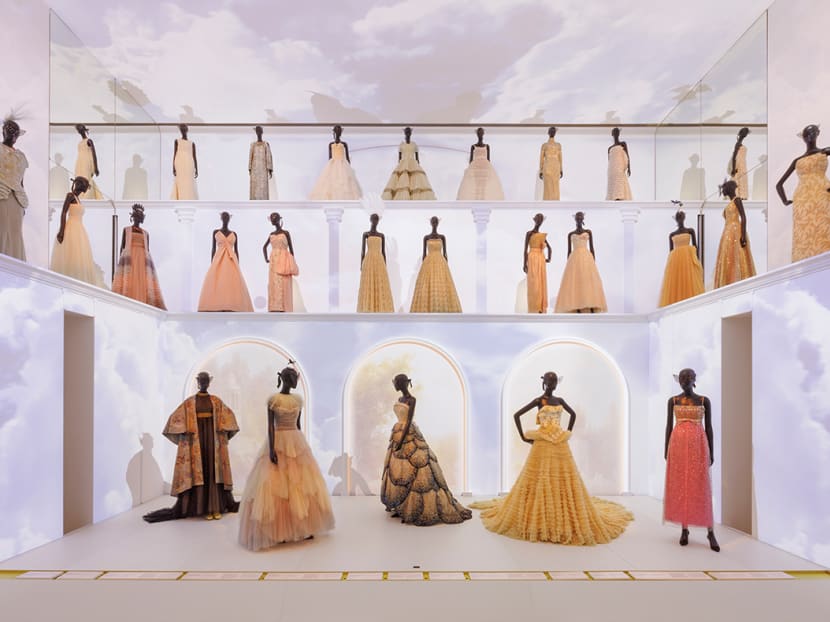
Inside the newly reopened Dior 30 Montaigne boutique, which brings to life the vision of Dior's CEO Pietro Beccari. (Photo: Dior)
Tucked away on the top floor of the townhouse where Christian Dior founded his couture fashion house in 1946, there is a jewel box-like apartment with a marble bathtub, lacquered walls and a salon overlooking a private roof garden.
Dior’s most favoured clients will soon be able to stay here and have the newly renovated 30 Avenue Montaigne all to themselves overnight for a meal cooked by celebrity chef or a visit to the ateliers where made-to-measure gowns and jewellery are crafted.
The suite is the most over-the-top part of a two-and-a-half-year-long renovation of the complex of buildings that form not only Dior’s spiritual home but also long housed its top-grossing store.
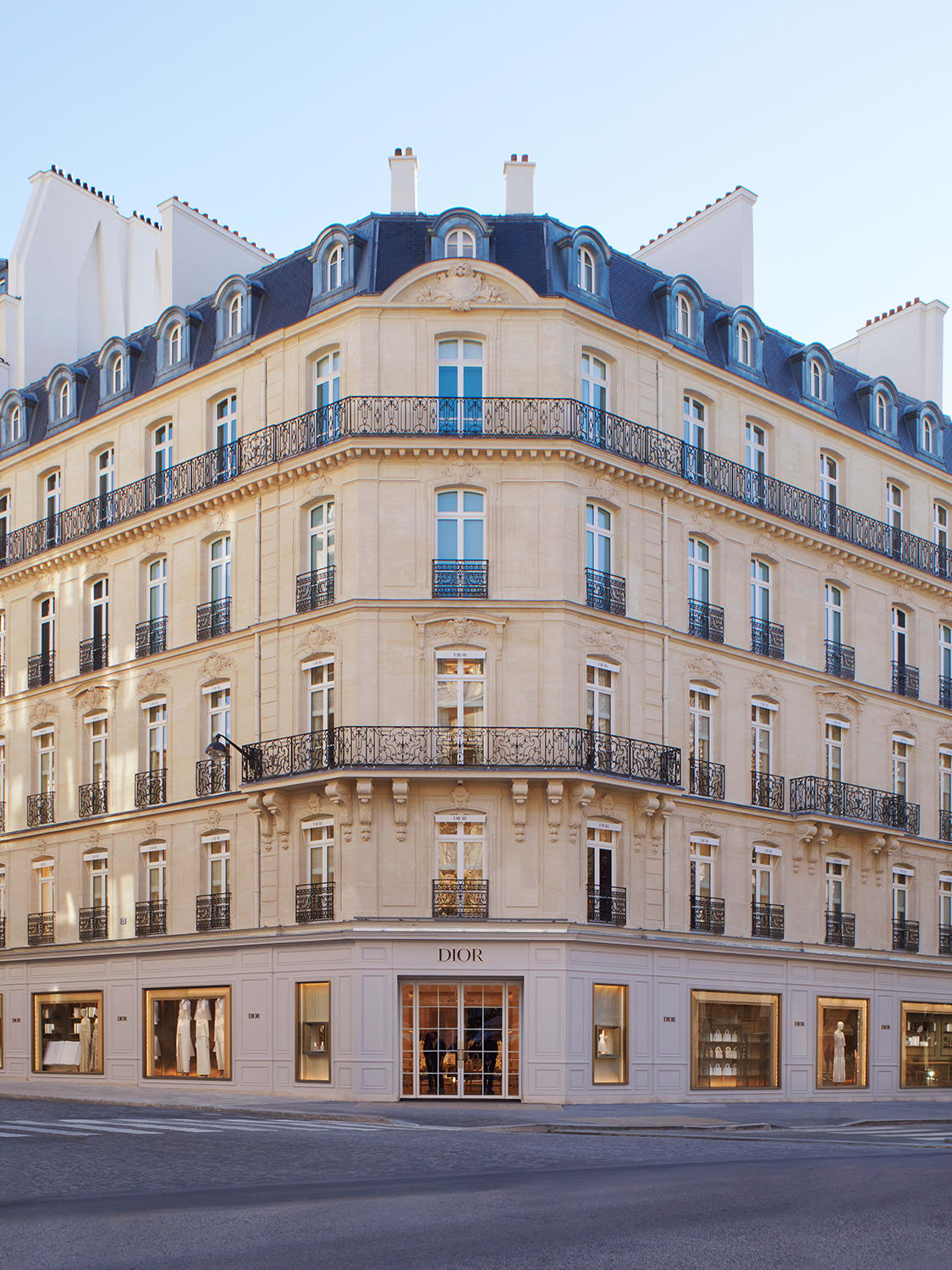
The renovation also symbolises the unbridled ambition that Dior owner LVMH, the world’s biggest luxury group by sales, has for its second-most valuable brand after its powerhouse Louis Vuitton. Although the group declined to disclose how much it spent.
“Dreams do not have a price tag!” said chief executive Pietro Beccari in an interview at Dior’s headquarters. “We have to create something to set ourselves apart that nobody will ever be able to copy or imitate.”
That was the pitch that the 54-year-old Italian executive said he made to LVMH billionaire owner Bernard Arnault shortly after taking over at Dior in 2018. He cast the Avenue Montaigne overhaul as a key part of his bold plan to grow Dior’s market share in all of its categories: Women’s and men’s fashion, leather goods, jewellery, and homewares.
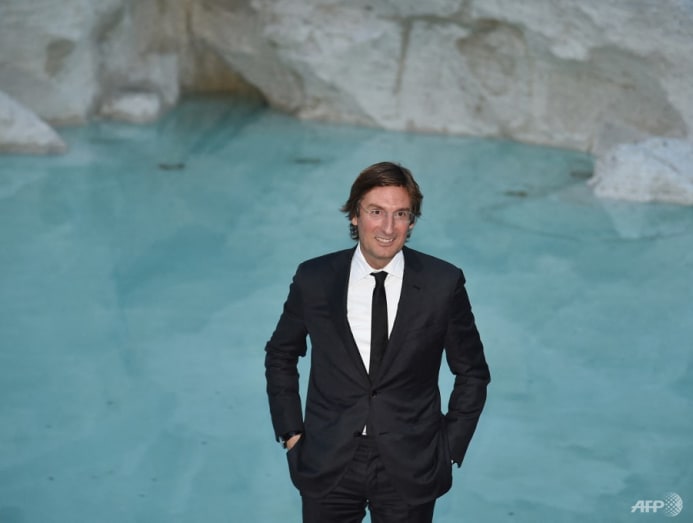
Related:
“Don’t think big – think huge,” he often tells his staff. That ethos has paid off handsomely at Dior fashion and accessories business, which has been on a growth tear under Beccari. Although LVMH does not disclose results of individual brands, investment bank Stifel estimated that it has more than doubled its sales from €2.9 billion (S$4.3 billion) in 2018 to €6.2 billion in 2021. The separately managed Dior fragrance and cosmetics business brought in €3.2 billion in revenues last year, roughly the same as before the pandemic, according to Stifel.
Taking beauty and fashion together, Dior is now within striking distance of reaching “megabrand” status, which in luxury means annual sales of over €10 billion. That has been achieved to date by only Louis Vuitton and privately held Chanel, although Kering’s Gucci and Hermes are close.
Working in tandem with Maria Grazia Chiuri, the artistic director of womenswear, and Kim Jones for menswear, Beccari has taken a brand long considered the epitome of French high fashion and turned it into something louder, faster and more profitable.
“Dior has become bolder and more aggressive in both aesthetics and commercial push,” said Luca Solca, analyst at Bernstein.
Asked what had driven Dior’s recent success, Beccari said it is “a combination of many, many things”, chief among them getting serious about ecommerce and investing in technology.
The products have also been given an overhaul. Under Chiuri, Dior has embedded feminist messaging into its clothing – not always to critical acclaim – and expanded its handbag line to rely less on the iconic Lady Dior bag.
It now sells multiple models, including the laptop-sized Book Tote and the rebooted, curvy Saddle Bag, expanding its presence in accessories as the most profitable luxury brands have long done.
Meanwhile, Jones has brought a more modern vibe to Dior menswear via collaborations with Nike and high-profile artists such as Amoako Boafo and Peter Doig. That has helped multiply the size of the business “by several times”, said Beccari.
“The basis of our success is the creative side,” he enthused. But there is little doubt that it is also down to Beccari’s skill as a manager and marketer.
'YOU HAVE TO PUT CHAOS INTO YOUR BUSINESS’
Born in a village of around 1,200 residents in the Parma region, he has the discipline and ethos of an athlete – as a young man he briefly played professional football in Italy’s second division and said the experience shaped how he manages people. “You must be a team, no one wins alone, you never give up, you fight, you must take risks,” he rattled off.
People who know him say Beccari gets to the office every day around 7am, and belying Italian stereotypes, he drinks no coffee and usually eats lunch at his desk. He met his wife Elisabetta when they were in primary school, and they have three children together.
Beccari’s time in the consumer goods sector grounded him in mass-market sales techniques honed at dairy group Parmalat in the US and at Henkel in Germany. “It taught me a lot of things that you should not do in luxury,” he said wryly.
“In consumer marketing you have to hammer the same message in different ways and incoherence is not allowed. Luxury brands are more complex, like a multi-faceted diamond, so some incoherence can even create desirability . . . You have to put chaos into your business.”
During the first two years of the pandemic, Beccari invested heavily on everything from fashion shows to influencer marketing despite repeated store closures and supply chain disruptions.
“We shouted when everyone was quiet,” he said, implicitly critiquing some competitors who cut back on live shows and product launches. “Speed, action and risk-taking are part of today’s world if you want to succeed.”
The tactics worked, according to Morgan Stanley analyst Edouard Aubin, who estimated that Dior sales jumped by around 50 per cent between 2019 and 2021. He reckoned Dior was “the fastest-growing leading fashion and leather goods brand in the world over the past two years”.
Mario Ortelli, who advises luxury companies on strategy and acquisitions, said of Beccari: “He is a risk taker, and it has paid off. Now the only question is avoiding overexposure after such a period of rapid growth. Can he keep this magic over the long run?”
Asked what his dream for Dior was in terms of size, Beccari declined to say.
“If Dior were still listed on the stock exchange, I would strongly encourage people to buy the stock,” he said. “We still have huge opportunities in many categories, and the sky’s the limit in terms of what we can sell at what price.” He cited the example of a yellow diamond that Dior will sell at 30 Avenue Montaigne for around US$50 million (S$67.8 million).
Dior also only has 240 stores globally, he added, which suggested that a retail expansion could significantly add to sales. That is roughly on par with Hermes’s 221 and Chanel’s 273, according to Stifel, but far fewer than Gucci’s 488 or Louis Vuitton’s 478.
DIOR’S POWER TO DO ‘UNTHINKABLE PROJECTS’
The 30 Avenue Montaigne renovation is something that only a megabrand could take on, said Beccari. “Today Dior has the economic power that allows us to do unthinkable projects,” he said.
Yet convincing Arnault to greenlight it was not easy. “Economically speaking, the project financially would have never made sense for the smaller Dior business that we had back then,” he said. “But Mr Arnault is a very intuitive entrepreneur who is able to decide with his gut when it comes to picturing the future.”
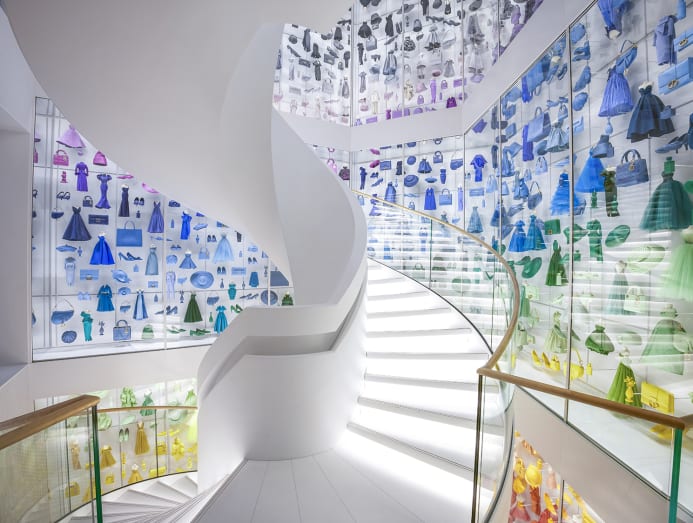
The building has a rich back-story that Beccari wanted to use to stoke the Dior mystique that keeps luxury fans from Shanghai to Seattle coming back to the brand. Christian Dior long showed his collections to Europe’s postwar elite here, and Dior staffers joke that his ghost can be heard rattling around the top floor atelier where skilled petit mains have been stitching creations for 75 years.
Although the renovation has tripled the selling space to 2,300 sq m, Beccari refused to call 30 Avenue Montaigne a boutique because it contains much more than that.
There are three lush interior gardens and pleasant places to hang out like a brightly coloured restaurant and a bar with a patisserie – nods to Christian Dior’s love of nature and his sweet tooth. Visitors can also check out a museum on the history of the brand and its founder that will display a rotating collection of gowns and artefacts like the designer’s early sketches of “New Look” dresses with cinched waists and full skirts.
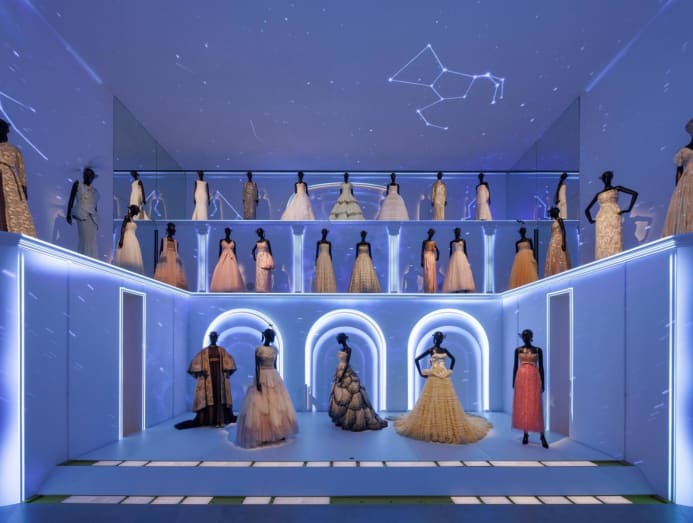
On the upper floors, Dior’s skilled staffers will be working at the couture atelier and a new one for jewellery. “I think many industry observers or our competitors will see this place as something completely new in the universe of luxury,” he said.
None of LVMH’s other brands have an equivalent mixed-use space from which to tell their whole story, although the group’s €750mn renovation of department store La Samaritaine was also ambitious.
“Our job is a continuous quest of seeking balance between tradition and modernity,” said Beccari. “If you are the artistic director, if you’re a CEO, that’s the most difficult part of the job.”
By Leila Abboud © 2022 The Financial Times






